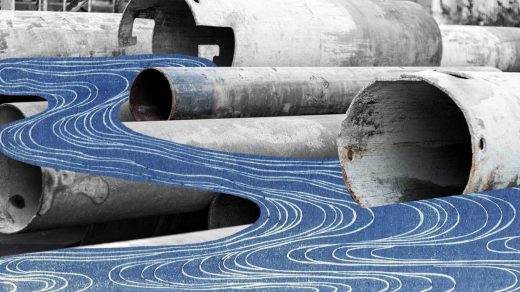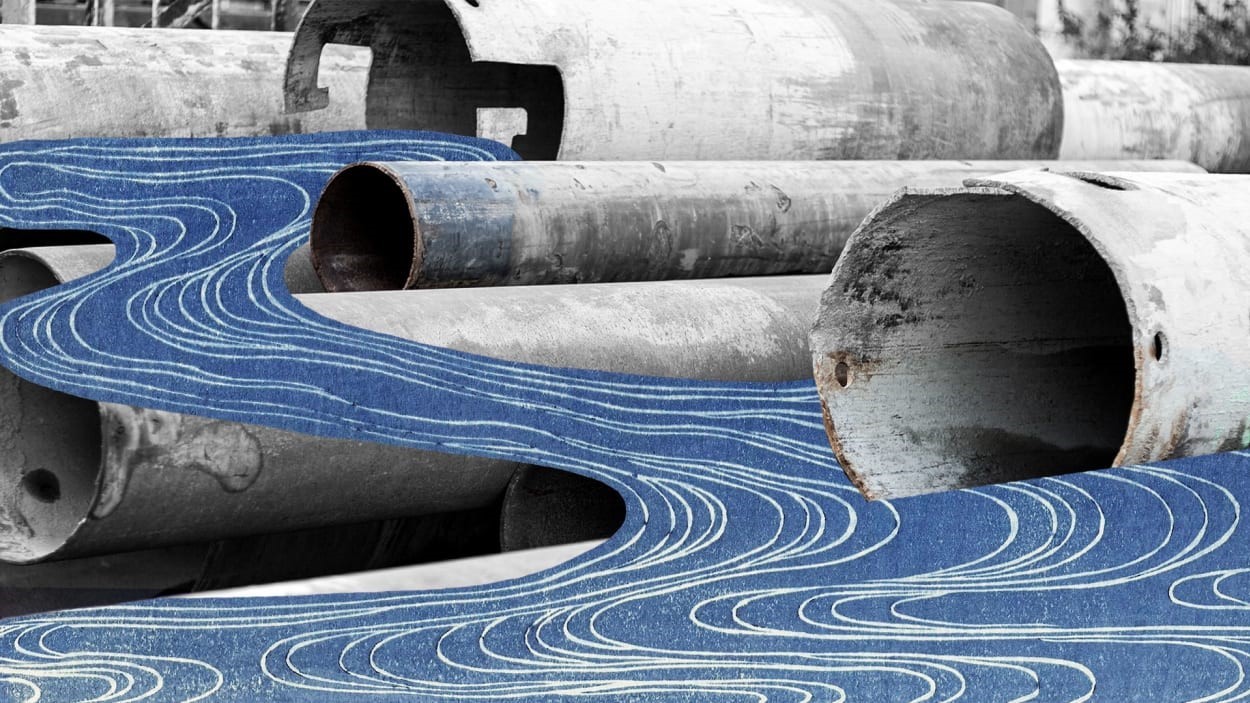This lead-pipe map shows where your state ranks when it comes to public water systems
Whether it’s for showering, drinking, washing the dishes, or making ice cubes for your nightly gin and tonic, water is humanity’s most precious resource. However, much of the aging infrastructure that delivers water through our communities and into our houses is in dire need of modernization.
The Environmental Protection Agency (EPA) has estimated that more than nine million American households get their water through lead pipes and service lines, which is bad, because lead is a neurotoxin and science has determined that no amount of it is safe. Officials have known this for decades, but tearing up and replacing miles and miles of piping is no easy task.
Now the Biden administration is proposing that we do just that. On Thursday, the EPA announced that it will require water systems across the country to replace their lead lines within a decade. According to a White House Fact Sheet, the infrastructure law that passed with bipartisan support in 2021 includes $15 billion in funding specifically for lead-pipe replacement, while another $11.7 billion is earmarked for more general state-level improvements to drinking water.
Still, utility companies would likely have to foot most of bill for the overhauls, and they’re already pushing back against the proposal, as the New York Times reports. Which is to say that households in need of modernized piping—many of which are in low-income communities—could be in for a fight.
All of this might have you wondering where your state ranks when it comes to the distribution of lead-pipe systems. Although no one knows exactly how many there even are, the EPA began working with states and water systems in 2021 to collect data that gives us a clearer picture.
According to a report released in April, the EPA projects that more than 9.2 million lead service lines are present in the United States. Florida ranked the worst, with roughly 1.2 million such lines, or 12.62% of the total. Alaska, conversely, is projected to have the lowest presence, with only 1,454 lead service lines.
The EPA’s survey included detailed questions about the service lines, such as whether they contained any lead piping at all or merely made use of lead connectors. The good news is, the findings indicate that the majority of the nation’s 100 million service lines do not contain lead.
You can see how your state ranks here or via the interactive map above.
(3)



